Probing Planetary Interiors 1
RSES
July 1, 2025
Probing Planetary Interiors
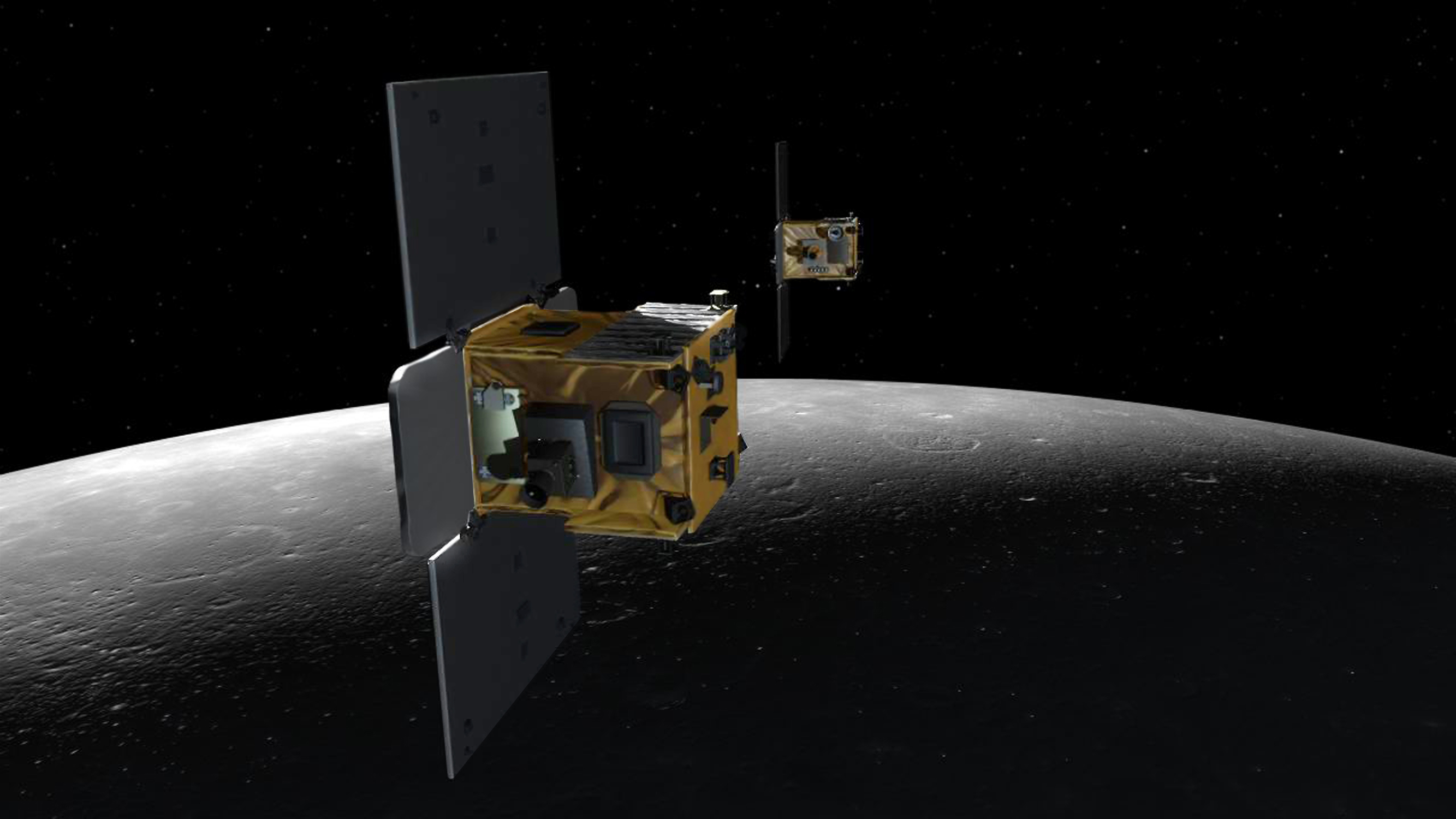
- How do we understand the interiors of planets ?
- Heat flow
- Introduction to plate tectonics
- Tectonic features beyond Earth
- Different types of crust
Formation of a planet
To understand a planet’s internal energy & tectonic features recall how it formed…
Solar nebula forms from / within a giant cloud of dust & gas leftover from an earlier supernova explosion. Gravitational contraction begins, gravitational potential energy is converted to kinetic energy, angular momentum conservation leads to a spin-up of the system. Grains condense, aggregate, collide and planetessimals accrete. This continues until recognisable planets start to emerge.
Self Compression

The gravitational self-attraction for the newly-formed planet compresses the material and increases its density. This also results in heating.
Differentiation — aka separation into chemically-distinct layers
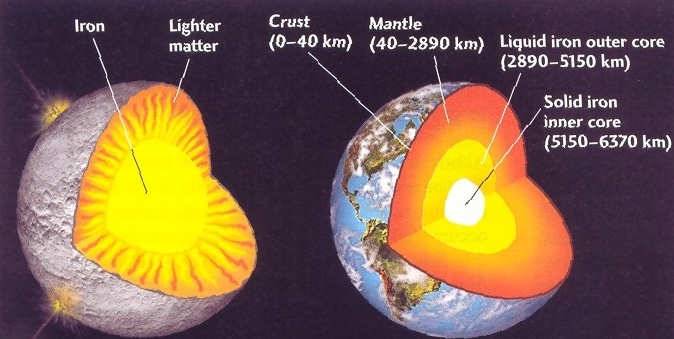
The planet will also tend to differentiate — heavy iron settling to the core, lighter silicate material separating upwards. This does assume that buoyancy forces can overcome the material strength. Typically, this is easier in larger bodies where the gravity is higher (but the material strength does not change much).
Thermal State of the Earth
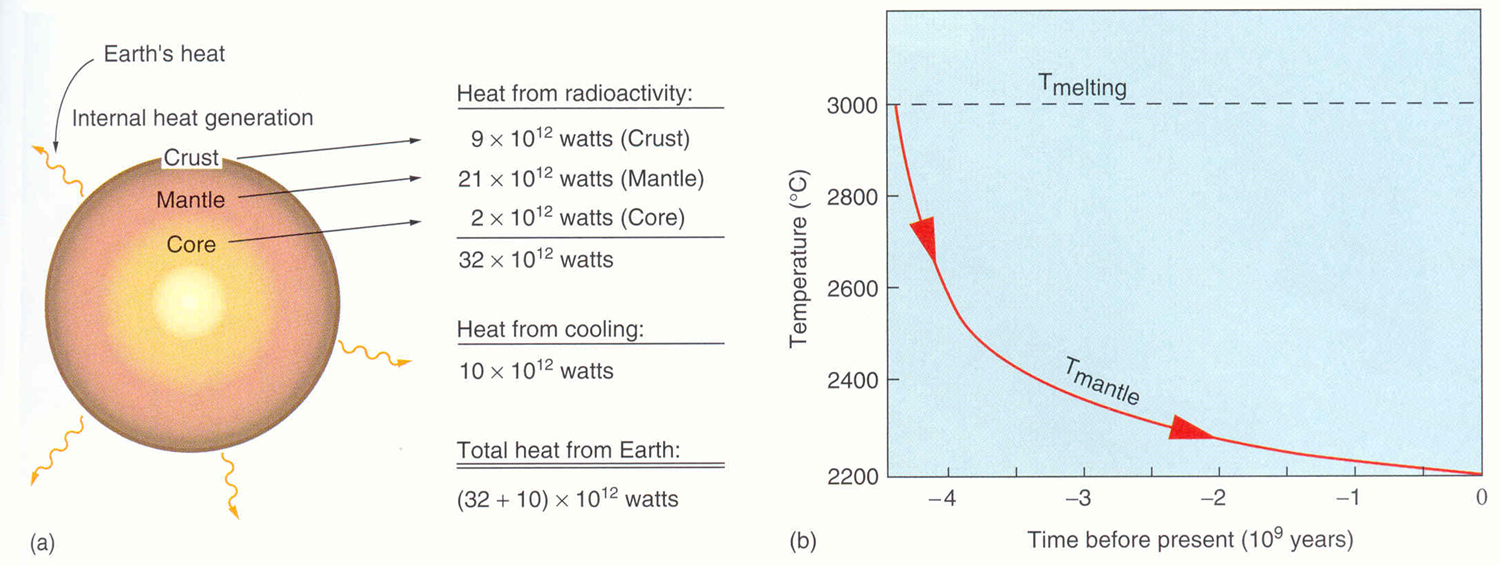
Sources of energy:
- Accretion & self-compression (kinetic energy of accreted objects)
- Differentiation / segregation (graviational potential energy)
- Radiogenic isotopes
- Phase changes / solidification (latent heat)
- Tidal dissipation (gravitational interactions / deforming the planet)
The Earth is cooling today. The heat energy that is lost from the interior is what drives the tectonic cycle. The global heat loss rate is about 44 TW.
Earth’s Cooling in Context
Compare 44 TW (\(4.4\times10^{13}W\)) present-day heat loss to the Solar insolation flux which is \(1.75\times10^{17}W\).
The heat loss from the Earth’s interior is tiny by comparison to the solar heat flux, but it does have to find its way out rather than finding its way in.
Current tidal dissipation within the Earth is estimated at (\(4\times 10^{12}W\)).
The amount of energy in the KT impactor is estimated to have been \(\sim 10^{23}J\) but, average that over 100 million years and it is only about \(3\times 10^7 W\). Obviously this would be a much larger energy flux in the early solar system.
The gravitational potential energy released by differentiating the iron-rich core is (\(\sim 4.4\times 10^{32}J\)) which is roughly \(\sim 10^{14}W\) averaged over the age of the Earth.
Layers in Terrestrial Planets
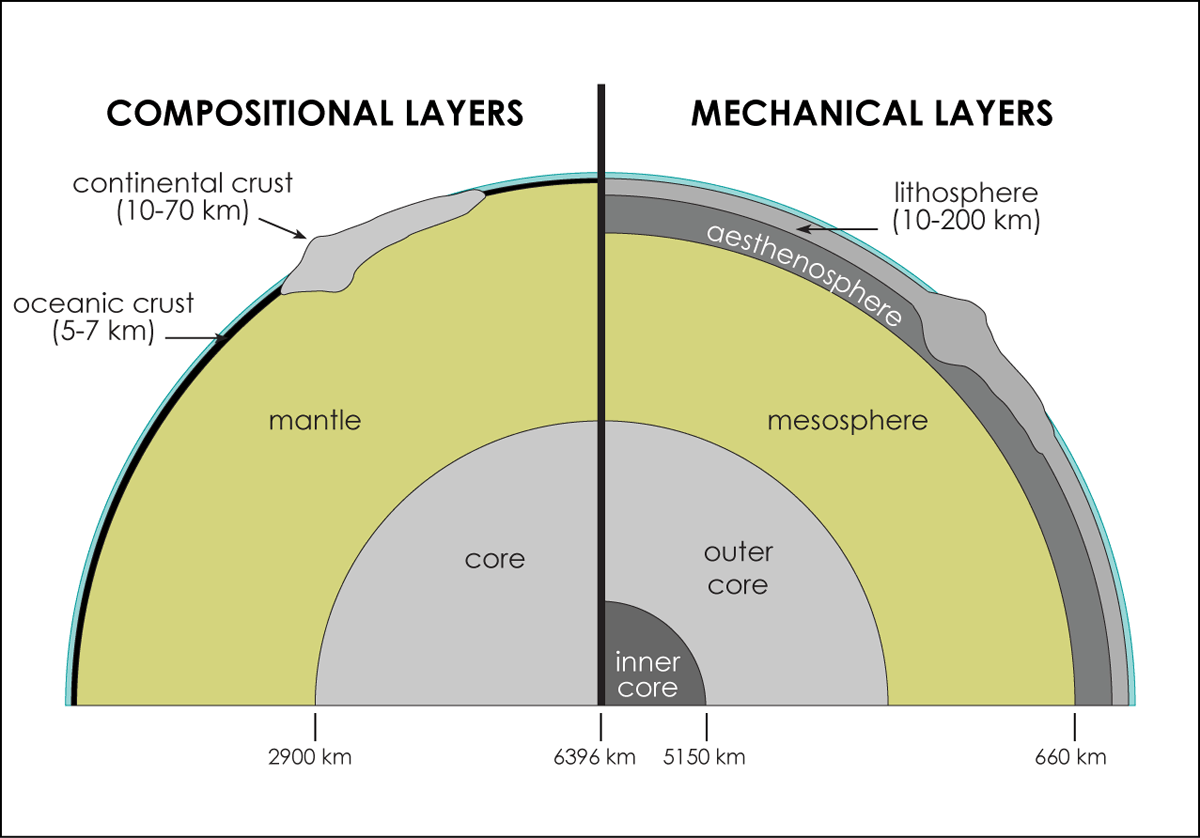
- Chemical or compositional — crust, mantle, D’’, core.
- Mechanical strength — lithosphere, asthenosphere, transition zone, deep mantle, liquid (outer) core, solid (inner) core.
Layers in Terrestrial Planets
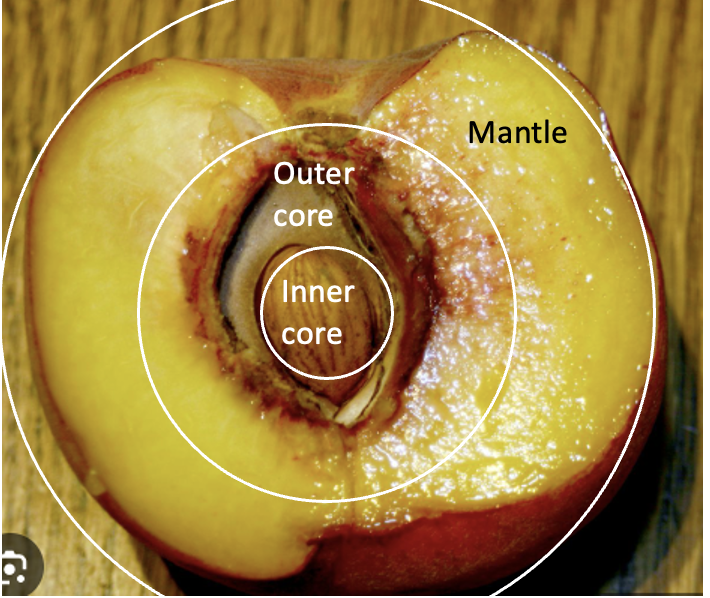
For a good sense of scale: here is half a peach compared to Earth’s layers.
Outer skin & flesh differ in composition but behave similarly in terms of their mechanics (deformation in response to stress)
Temperatures, Pressures, Mechanical Strength
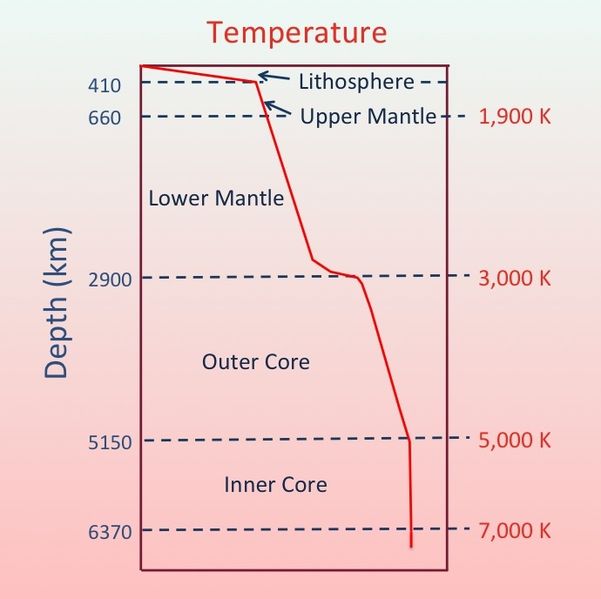
Lower pressure: more likely to see cracks / faults at every scale, fracturing, breaking etc. Elastic stresses can be stored for a long time and can build up over time.
Higher pressure: deformation is less likely to be through fractures, elastic stresses tend to relax away, deformation can be fluid-like (slowly creeping). Melting is less likely when pressure increases.
Earth’s interior is almost entirely solid, except for the outer core and a few pockets of semi-molten rock near the surface.
Temperatures, Pressures, Mechanical Strength
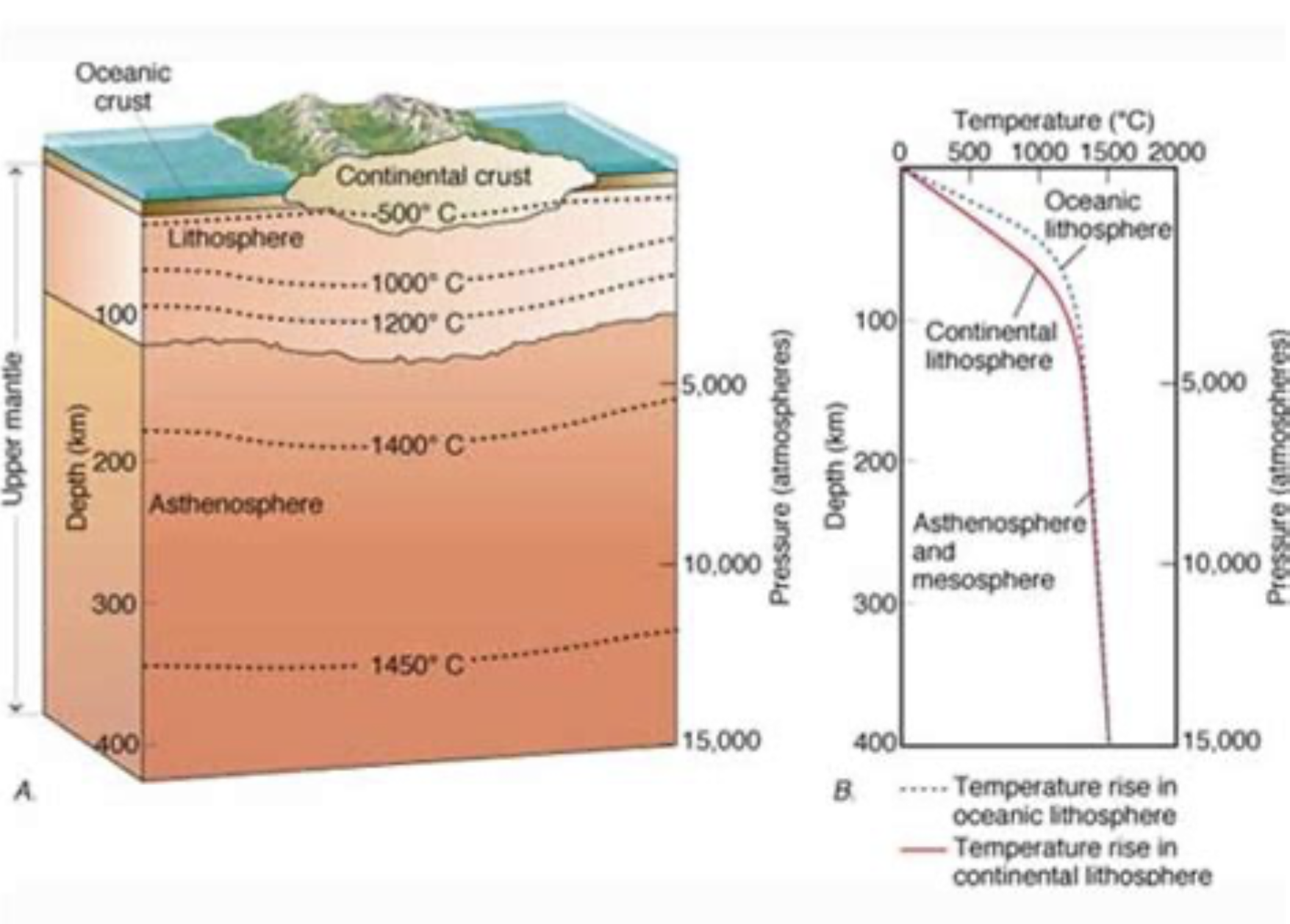
Oceans have: thin crust, lower concentration of radiogenic elements, are relatively young lithosphere.
Continents are: quite variable but generally thicker crust, often higher radiogenic element content, often older than oceans, sometimes very much older.
Topography
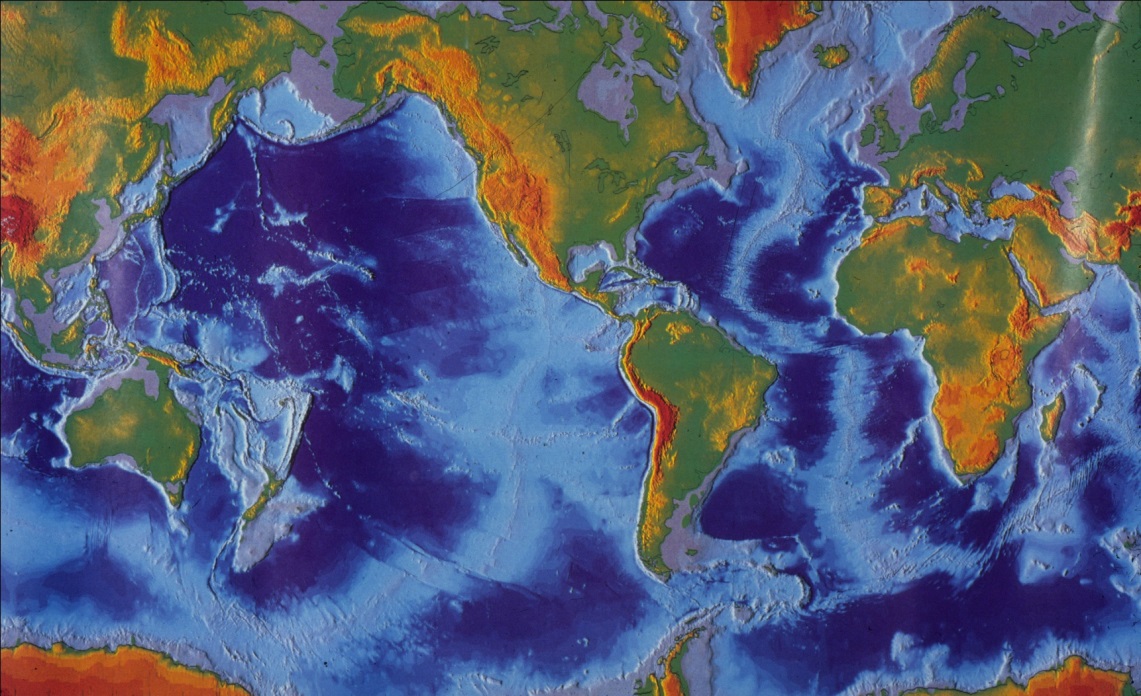
The topography of the Earth: all the regions that stand high are regions with thicker, lighter crust. This is true in a broad brush sense (continents where crustal density is \(\sim 2700kg/m^3\) v. oceans where crustal density is \(\sim 3200kg/m^3\)) and when we focus in on smaller continental regions (mountains are high regions where the crust is thick and basins are low regions where the crust is thinner).
Buoyancy and Topography: Isostasy
If the crustal thickness or density varies, then we should be able to see this through an “isostatic” equilibrium between density and topography.
\[ \int_0^{d_c} \rho(z) dz = \textrm{constant} \]
(where \(d_c\) is called the compensation depth)
 The Airy model of isostasy relates crustal thickness to topography. Compare continental crust to buoyant icebergs floating high in the water and having a deep, buoyant root.
The Airy model of isostasy relates crustal thickness to topography. Compare continental crust to buoyant icebergs floating high in the water and having a deep, buoyant root.
We usually think about isostasy as the light crust floating on the mantle, the same approach works for any density variations near the surface (e.g. thermal anomalies). If we integrate every density anomaly in adjacent columns, they balance out in the asthenosphere. This is the Pratt model of isostasy.
Pause — Questions ?
Index

EMSC - 3022 - 2025/S2